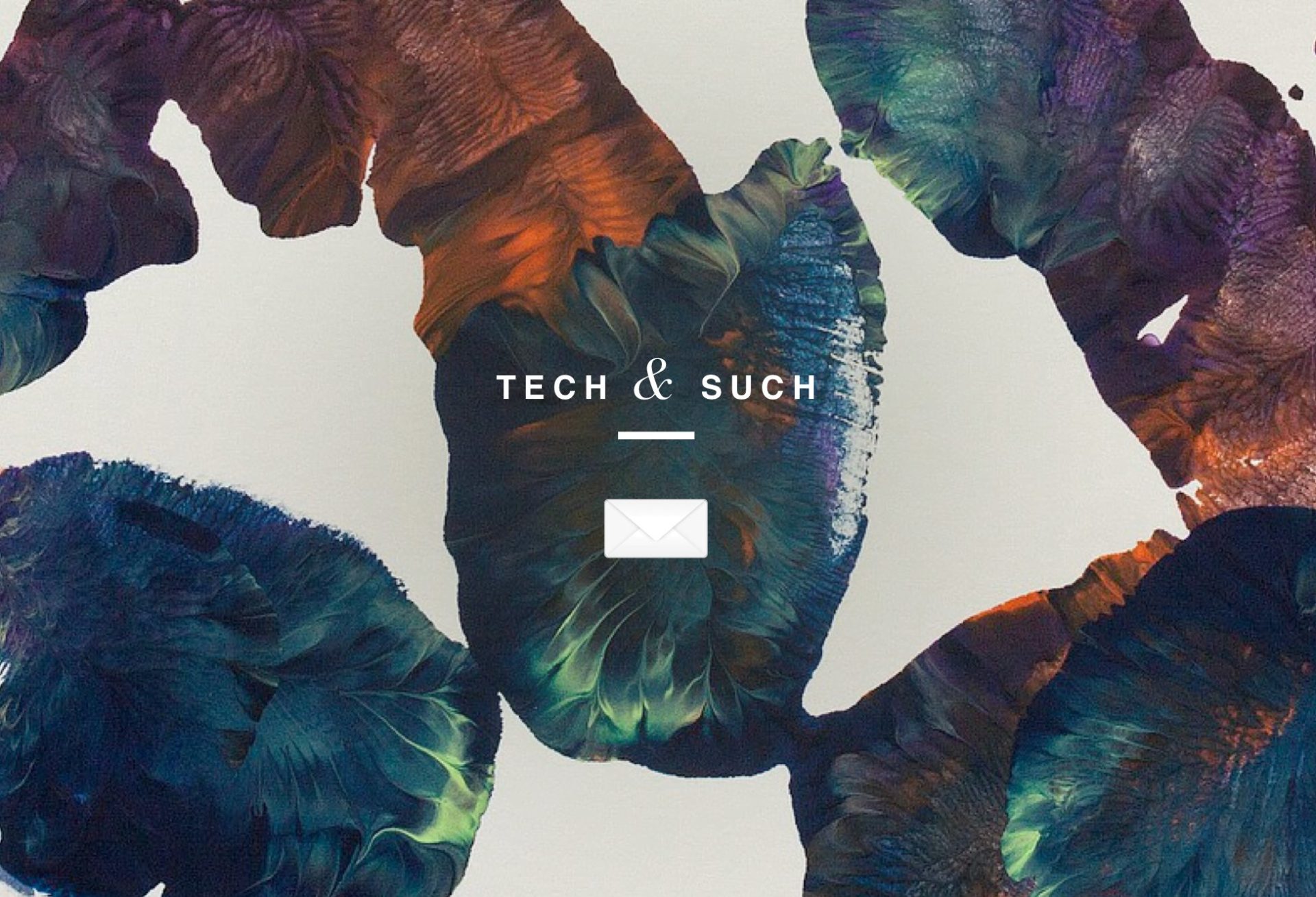This week we’re talking about full-body VR wearables, human organ factories in New Hampshire, the largest electric vehicle highway in Australia 🛣️⚡, and [w]earables that go into… your ear. 👂
WEARABLES + VR .
True whole-body tracking now possible in VR 🏃🕹
Animation Magazine threw out some major +1’s this past week to a company called OptiTrack. They said “OptiTrack has delivered the ‘missing links’ for arcade VR with two key advancements”. What are they? They have developed easily attachable, light-weight pucks that can be attached to VR user’s hands and feet. This allows for a much more high quality tracking of a user’s body movements. The feature includes allowing users to peek around corners.
The second advancement is better calibration. Capture and track systems for the past 30 years have required a ‘wand wave’ action to calibrate their movements with the system. The OptiTrack’s system instead allows for continous calibration, no more initial set up required. Their VR experience is now just plug and play.
TRANSPORTATION .
One of the longest electric car highways, underway 🛣️⚡
Australia’s state of Queensland announced this past week they will build one of the world’s longest electric vehicle highways… within the next 6 months. The highway will have 18 stations, and even offer free power for at least one year to encourage consumers to switch to electric cars. The distance is comparable to the United States’ “west coast electric highway” spanning from California, Oregon, to Washington state.
The $3m network seems like a worthwhile investment. More than half of Australians surveyed said that improvements to public infrastructure would be an important factor in buying electric. The move is also good for other reasons… Queensland is the biggest carbon polluter in Australia, with cars responsible for nearly half of the emissions.
HEALTH .
New Hampshire, the state of manufactured organ-building? ⚕️
This past week was the official public launch of BioFabUSA, a public-private partnership to start… organ-building factories. The organizer for the event was ARMI, the Advanced Regenerative Manufacturing Institute. ARMI received $80 million in DoD funding this past December to scale-up manufacturing of human organs. One point to note here, the sheer size in funding. They have since secured an additional $214 million in funding. A major challenge has been taking the innovations from the laboratory and bringing them to mass-scale production.
The BioFABUSA partnership seems like it will be key to accomplishing this commercialization. The Governor of New Hampshire has called it “the birth of an entire new industry”. It’s expected that this new industry will grow to $67.6 billion by 2020.
[W]EARABLE .
3D-printed wearables for your ear 👂⚕️
The “Earable” is a 3D-printed sensor that you wear on your, you guessed it, ear. Why? It’s more than just a cute name. It is the first wearable to monitor your core body temperature in real time. This is important as your core body temperature is an indicator for detecting various health issues. Whether it’s worth wearing an earable at all times is a separate question.
It doesn’t only monitor your code body temperature, but can also act as a hearing-aid. The team also sees potential to measure your vitals as well, such as heart rate, pulse oximetry and also EEG. Like many other wearables, the device uses Bluetooth to transmit data to smart devices. The team sees the size of the device only getting smaller as 3D-printing technology improves. Either way, wearers of Earables look like they just stepped of the set of Star Trek. 😲




